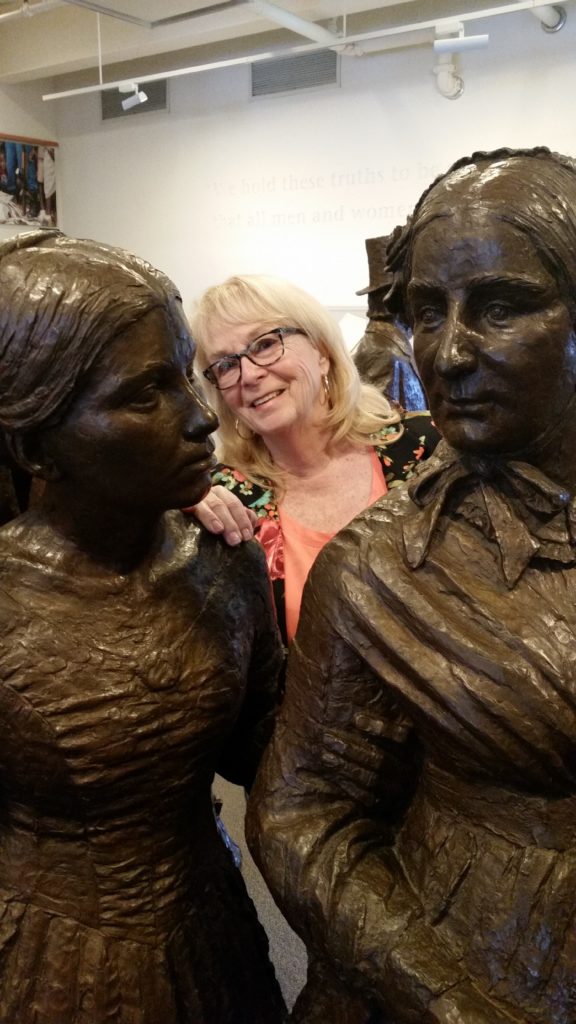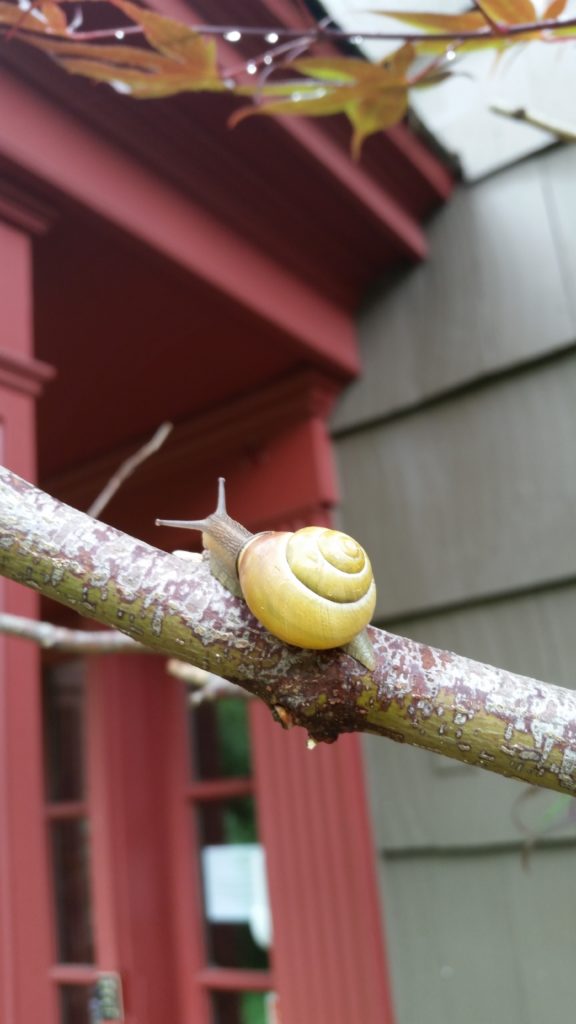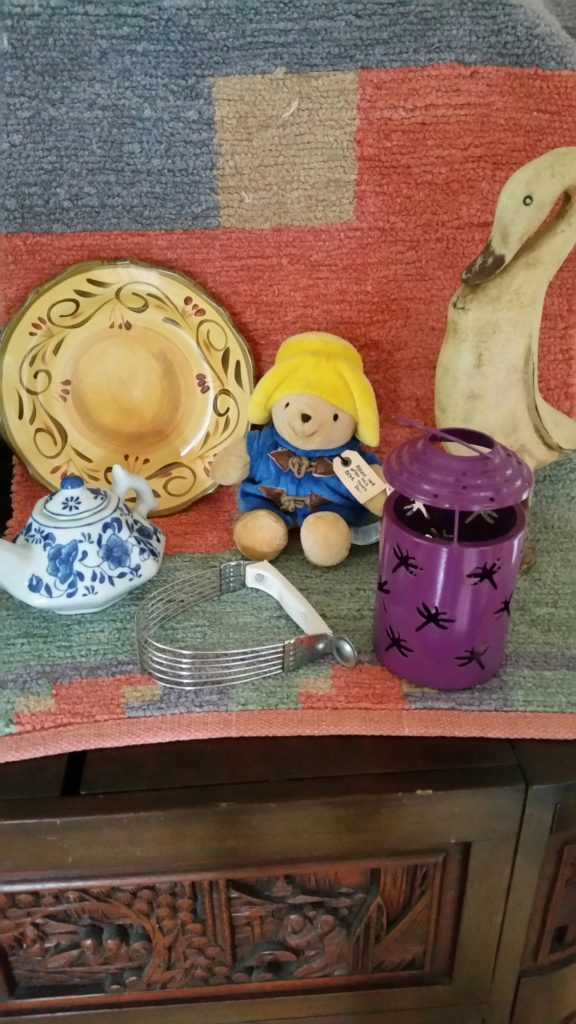Much more than wine
We will be doing more traveling this summer than we have done in the past, and because our older cat is now on medication which must be given to her daily, we decided that we couldn’t impose upon the neighbors who usually take care of them. We learned of a cat boarding facility nearby and visited it a few weeks ago. It’s really more of a kitty spa than simple boarding. The cats have a room with a large window overlooking a field in which there are bird feeders and two horses, an unusual sight for our cats. The woman running it was a vet tech so we knew getting medication into our cat would be no problem. We assumed they wouldn’t love being there, but it was much better than a cage in other facilities. With much nervousness, we left them on Monday afternoon and traveled to the Finger Lakes region of New York. It is famous for the wineries and more recently breweries and distilleries, and the scenery is breath taking with broad wheat fields along the northern edge of the lake region and long lakes running north and south.
This trip wasn’t to be winery hopping. Instead we stopped at the Women’s Rights National Historical Park in Seneca Falls. It was a site both of us had wanted to visit for many years, and it was worth seeing. The Wesleyan Chapel where the convention was held in 1848 stands to the right of the park. In the lobby of the Visitor Center is The First Wave Statue Exhibit, statues of some of the famous men and women who attended the conference as well as some of unidentified convention attendees. The statues were sculpted of clay and recast in bronze. I had my picture taken with a group of unidentified attendees, although I also held the hand of the statue of Elizabeth Cady Stanton and couldn’t help but note how short she was.  Upstairs there are exhibits of worldwide women’s efforts toward equality both historical and contemporary. Outside there is a waterfall wall with the attendees’ names inscribed on it. The park is moving and informative, and I’m glad I finally saw it.
Upstairs there are exhibits of worldwide women’s efforts toward equality both historical and contemporary. Outside there is a waterfall wall with the attendees’ names inscribed on it. The park is moving and informative, and I’m glad I finally saw it.
The next day it was raining, but in the afternoon the sun came out long enough for us to go to the Ganondagan State Historical Site outside Victor, New York. I’m sure many people are unaware this site exists. In 1687, the French destroyed the village during a campaign aimed at eliminating the Seneca Nation. It is estimated that over 3500 people lived in the village making it one of the largest native settlements at the time. Over a period of days French soldiers burned crops and grain stored in the granaries.
but in the afternoon the sun came out long enough for us to go to the Ganondagan State Historical Site outside Victor, New York. I’m sure many people are unaware this site exists. In 1687, the French destroyed the village during a campaign aimed at eliminating the Seneca Nation. It is estimated that over 3500 people lived in the village making it one of the largest native settlements at the time. Over a period of days French soldiers burned crops and grain stored in the granaries.
It was one of the most interesting sites I’ve ever visited especially the recreated longhouse at the top of the hill behind the museum building and the example of the garden near the longhouse. The Seneca fields and gardens are fascinating. White corn is planted in mounds, at the bottom of which beans are planted which use the cornstalk as support to grown up. Between the corn stalks and their beans squash grows in the moist earth at the foot of the corn. I’ve seen longhouses before, but never one this large. We talked with a young Seneca women about what life was like in the longhouse where over thirty adults and children lived. Because the Seneca were matrilineal, women married outside their clan and their husbands moved into the longhouse with his wife’s family.
A twenty minute film depicting one of the Seneca stories of creation is an absolute must for the visitor. The film is made up of animation and dancers taking the parts of the various humans that figured in the creation legend. It is beautifully put together. When visitors enter the museum there is a screen portraying an animated picture of Seneca life and the voice of a Seneca man speaking the greeting used at the beginning of each day to the gathering of the people. In it (a translation is provided if you don’t speak Seneca), he thanks the creator, the sun, moon and the birds, plants, water and wind for life. We found this to be the perfect beginning to our visit.
Walking around the grounds is part of this experience. The plants in the region—many varieties of thistle and snapdragons—have been allowed to grow up along the walkways inviting numerous birds to nest and live in them and in the trees beyond. Despite the nearby road, it is a place of quiet broken only by the sound of the wind, the rustle of animals in the fields and the calling of birds as they fly over the vegetation.
Our stay in the Finger Lakes was far more than sampling wines. In fact, I tasted only one wine, but experienced the historical significance and natural beauty of the region. I recommend a visit here.
As for our cats’ stay, the female didn’t like it much, but our male seemed to adjust quickly. However, on the way home he threw up and defecated in his carrying case! Should I interpret this to mean he didn’t want to come home?
Winner of the Yard Sale Contest is Liz Boeger. She chose the Paddington Bear as the new item in the array. Paddington sits next to me on the shelf by my computer. My husband bought him for me at Paddington Station in London when he was there on a consulting trip. I love the little guy (I love the big guy, too!).

